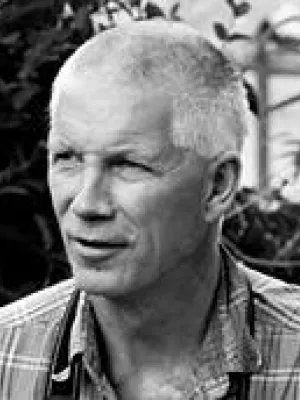
Jonas Ardö
Professor

The potential for soil carbon sequestration in three tropical dryland farming systems of Africa and Latin America: A modelling approach
Author
Summary, in English
Historically, agriculturally induced CO2 release from soils has contributed to rising levels in the atmosphere. However, by using appropriate management, soils can be turned into carbon sinks. Many of the dryland regions of the world are characterised by degraded soils, a high incidence of poverty and a low capacity to invest in agriculture. Two well-proven soil organic matter models (CENTURY 4.0 and RothC-26 3) were used two explore the effects of modifying agricultural practices to increase soil carbon stocks. The changes to land management were chosen to avoid any significant increase in energy input whilst using technologies that would be available without radically altering the current agricultural methodology. Case studies were selected from dryland farming systems in Nigeria, Sudan and Argentina. Modelling showed that it would be possible to make alterations within the structure of the current farming systems to convert these soils from carbon sources to net sinks. Annual rates of carbon sequestration in the range 0.08-0.17 Mg ha(-1) year(-1) averaged over the next 50 years could be obtained. The most effective practices were those that maximised the input of organic matter, particularly farmyard manure (up to 0.09 Mg ha(-1) year(-1)), maintaining trees (up to 0.15 Mg ha(-1) year(-1)) and adopting zero tillage (up to 0.04 Mg ha(-1) year(-1)). Verification of these predictions will require experimental data collected from field studies. (C) 2006 Elsevier B.V. All rights reserved.
Department/s
- Dept of Physical Geography and Ecosystem Science
Publishing year
2007
Language
English
Pages
457-472
Publication/Series
Soil & Tillage Research
Volume
94
Issue
2
Document type
Journal article
Publisher
Elsevier
Topic
- Physical Geography
Keywords
- tropics
- systems
- farming
- soil carbon
- modelling
- carbon sequestration
- drylands
- global warming
Status
Published
ISBN/ISSN/Other
- ISSN: 0167-1987

